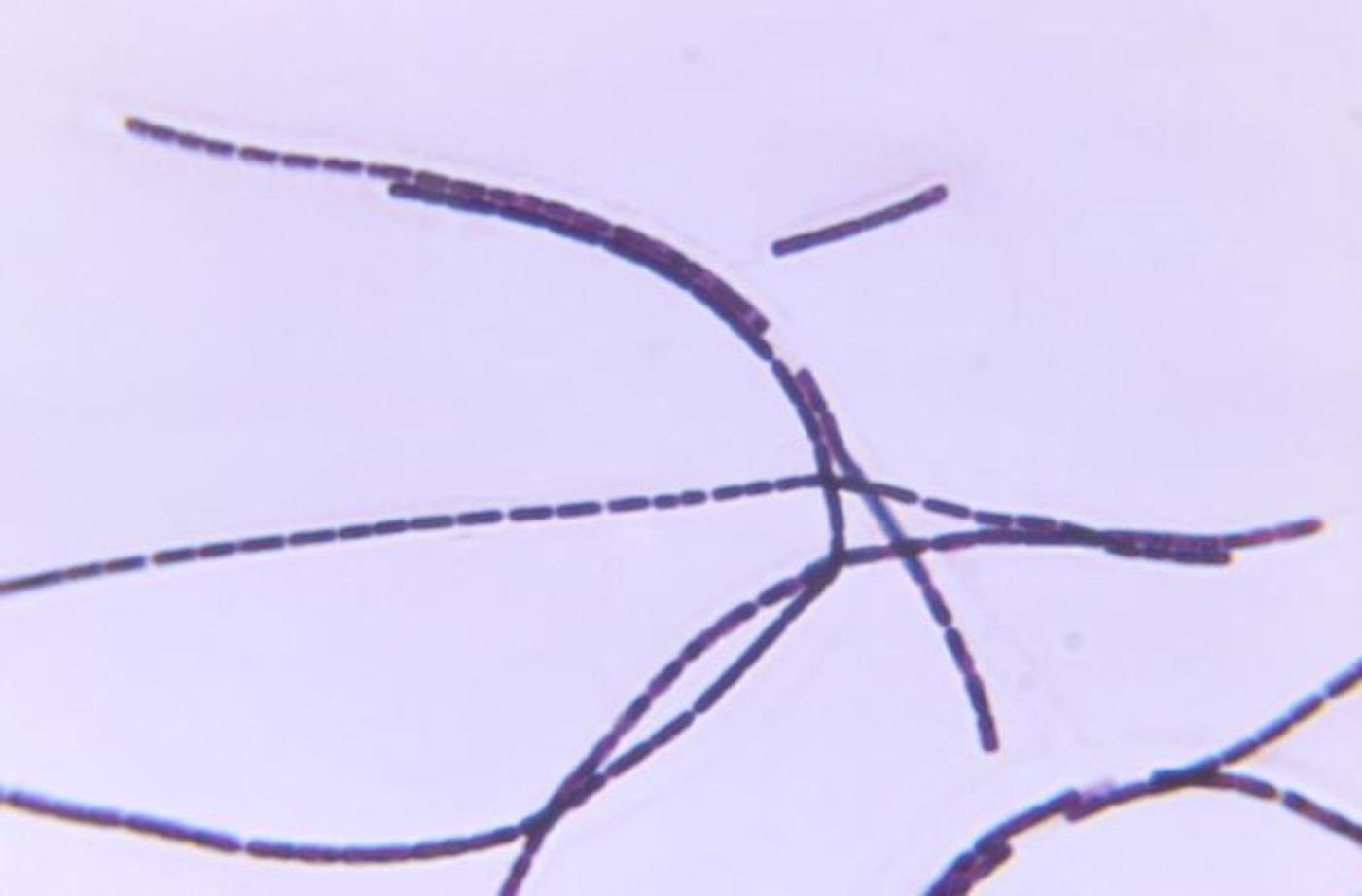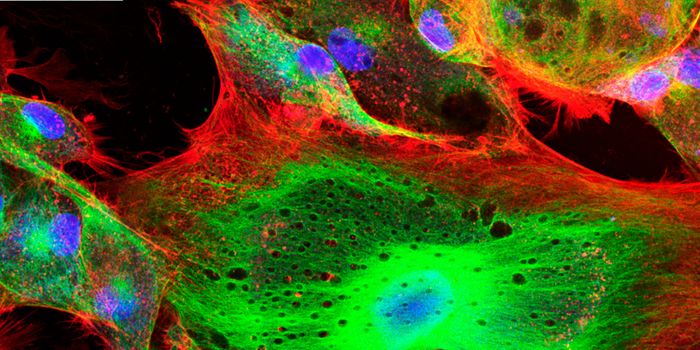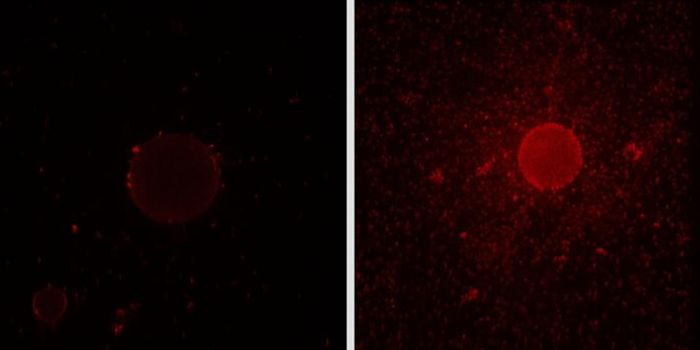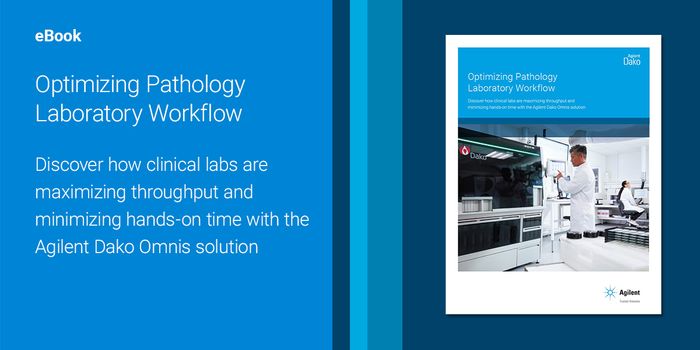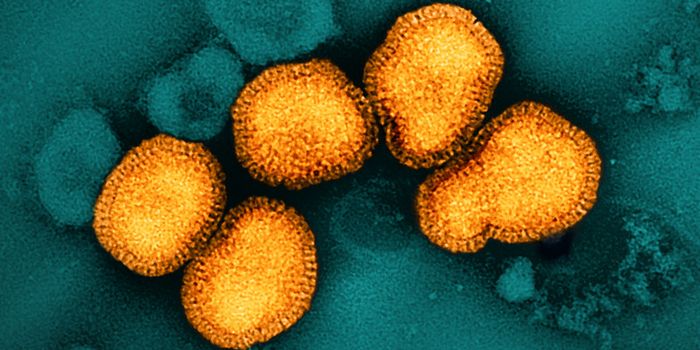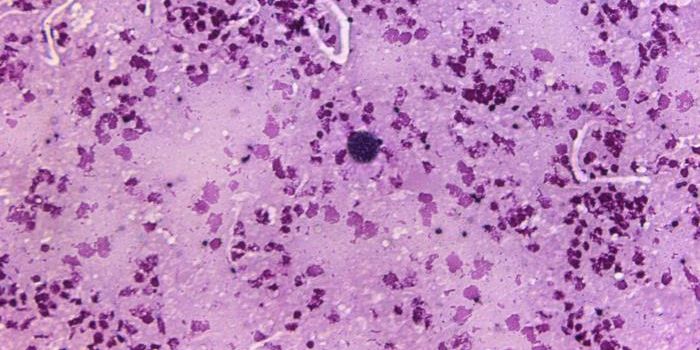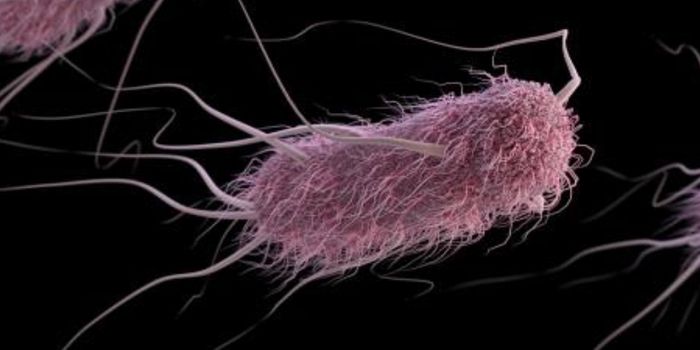Understanding Oral Microbe Evolution, Which May Aid in the Hunt for Antibiotics
New research has suggested that bacteria that live in the human mouth could work as model organisms that can help us find new antibiotics. The human body host microorganisms in many places. Studies have indicated that at least 700 species of bacteria live in the human mouth. We still don't know a lot about many of these microbes, however. The mouth can be a harsh environment; cells that line the inner surface of the oral cavity are being shed constantly, and saliva is always moving and flowing around. Bacteria that need to attach to something have a difficult time staying there.
Bacteria in the Neisseriaceae family have found ways to multiply and thrive in the human mouth, however. Many Neisseriaceae are rod-shaped bacteria, and usually, bacteria that are shaped like rods divide into new cells along a transverse axis, then detach from each other. But Neisseriaceae divide along a longitudinal axis, and after division, the two new cells remain attached to each other, as segmented filaments. Some cells in that filament can take on new shapes, and might perform special functions for the larger filament, the researchers suggested.
Multicellularity is seen in higher order organisms, and in bacterial communities, it may enable cooperation. Biofilms, for example, can take on properties that individual microbial cells don't have. The cells Neisseriaceae filaments might be able to divide duties and survive times of starvation by sticking together, for example.
With electron microscopy, the investigators assessed the shape of cells across the Neisseriaceae family, including two standard cell shapes (rod and coccus), as well as the filaments. The analysis showed that the filamentous, longitudinally dividing Neisseriaceae evolved out of rod bacteria.
The scientists were also able to identify the genes that enable the Neisseriaceae bacteria to divide this way. When they introduced these genes into rod bacteria that divide in the typical way, the cells took on a longer, thinner shape. They did not take on multicellular characteristics, however.
The work has been reported in Nature Communications.
"We speculate that in the course of evolution, through a reworking of the elongation and division processes, the cell shape changed, perhaps to better thrive in the oral cavity," suggested study co-leader and microbial geneticist Frédéric Veyrier of the Institut national de la recherche scientifique (INRS).
The scientists also suggested that oral Neisseriaceae bacteria could work as model organisms in the hunt for new antibiotic targets. Knowing more about the morphology of cells and how they work with one another can give scientists more targets to aim for when designing new antibiotics.
Sources: University of Vienna, Nature Communications
